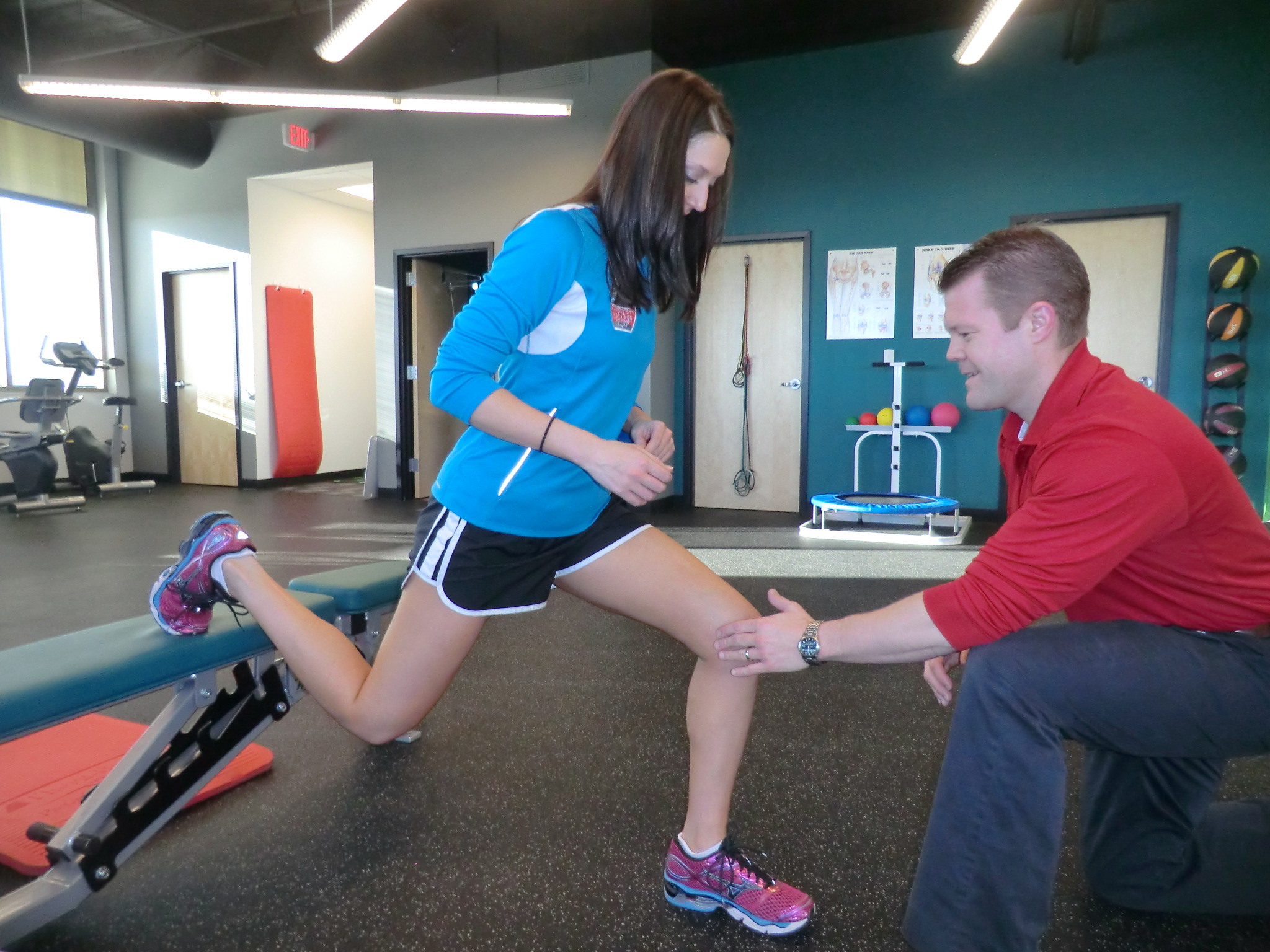What is sports physiotherapy?
Sports physiotherapy is a sports injury treatment procedure. The rehabilitators help the athletics with the pain, injury, or illness involving the musculoskeletal system.
The sports rehabilitation therapist plans the treatment schedule as such that they recover from and prevent the injury occurrences. Usage of various manual based therapeutic interventions like exercise, movements are likely to give positive results.
What is the multidisciplinary approach of sports rehabilitation therapists?
The sports therapy session includes the involvement of a team of sports rehabilitation therapists. They make up the variations in the form of sports physicians, physiotherapists, rehabilitation workers, physical educators, coaches, athletic trainers, psychologists, and nutritionists aligned to work with a multidisciplinary approach.
What are the Principles in sports injury treatment?
The major principles that lay the foundation for any sports physiotherapy session are:
Avoid aggravation
To avoid any unnatural bypass during sports injury treatment, it is a good idea to stay calm.
Timing
The fact is sooner the patients can start the sports physiotherapy session, in case of any injury, better is the recovery graph for them. Dragging the time will only make things worse.
Compliance
To ensure compliance, it is important that the sports rehabilitation therapist inform the patient of the content of the program and the expected course of sports injury treatment.
Individualization
The response of each Sports physiotherapy differs over every individual. Individual physiological and chemical differences profoundly affect a patient’s specific responses to an injury
Specific sequencing
A sports injury treatment program should follow a specific sequence of events. It is the body’s physiological healing response that determines the specific sequence.
Intensity
The intensity level of the Sports physiotherapy program must challenge the patient and the injured area. However, a well-defined sports rehabilitation therapist sees that the intensity is fatal to worsen the situation.
Total patient
While treating the injured part, it is also essential that the unaffected areas of the body stay finely tuned. This means keeping the cardiovascular system at a preinjury level and maintaining range of motion, strength, coordination, and muscle endurance of the uninjured limbs and joints.
What are the stages of Sports Physiotherapy?
The body’s initial symptoms are the inflammations. As you get to see this symptom after any sports injury, you know it’s the time you go see a sports rehabilitation therapist.
Initial Stage of Physiotherapy
The aim during the initial phase of the sports physiotherapy is to limit the tissue damage. As it turns out, it relieves pain, controls the inflammatory response to injury, and protects the affected anatomical area.
Control pain and swelling
During this phase, the sports rehabilitation therapist focuses on Rest, Ice, Compression, and Elevation. Further, they often advise isometric exercises for strengthening. The exercise helps when a range of motion is restricted due to the fracture or acute inflammation of a joint.
Intermediate Stage of Physiotherapy
In this phase, a sports rehabilitation therapist applies a proper amount of restorative stress to help repair the damaged tissue with similar issues.
Joint ROM and Muscle Conditioning
Possible exercise forms during this phase include strengthening of the uninjured extremities and areas proximal and distal to the injury, aerobic and anaerobic exercises. A sports rehabilitation therapist will make you do this regime to improve strength and neuromuscular control of the involved areas
Advanced Stage of Physiotherapy
After the collagen fibers are down, the body regains the new tissue, allowing the athlete to gradually return to full activity. During this phase, a sports therapist will communicate on the particular essential sports strategies to identify and correct risk factors, thus reducing the possibility of re-injury.
Monitoring
During this phase, the sports therapists monitor load balancing that can aid in determining whether an athlete is adapting to a training program. Objective (performance, physiological, biochemical) and subjective measures (mood disturbance, perceived stress, and recovery and symptoms of stress) are all options for athlete monitoring.
Conclusion
If you or someone you know is an athlete who needs sports injury treatment, consider working with an expert sports physiotherapist. In fact, you don’t have to wait until you are injured, because a physiotherapist can help an individual improve athletic performance and minimize injury. Get in touch for details.

